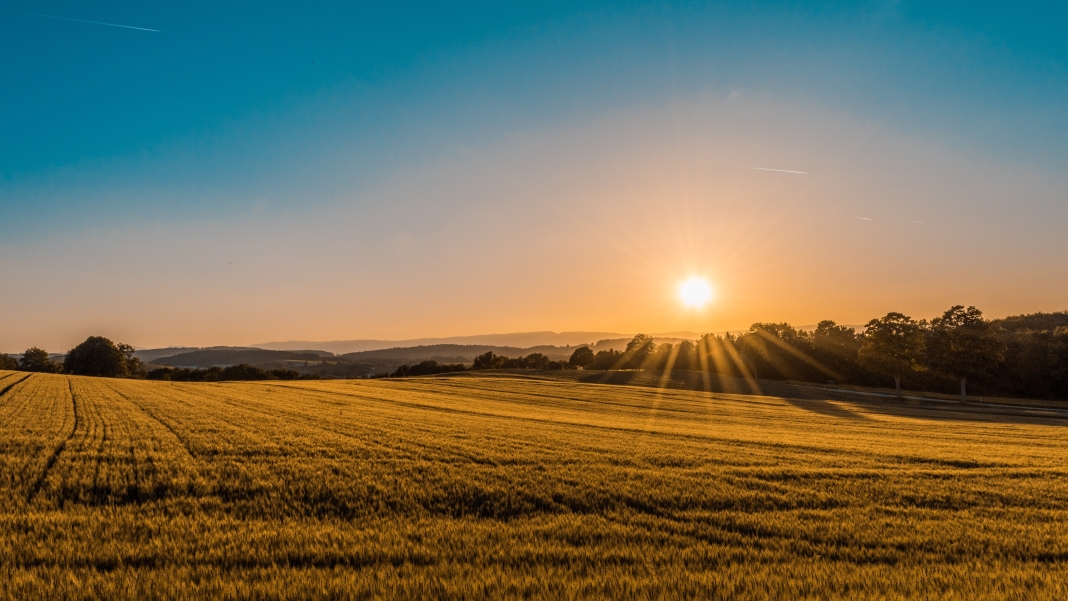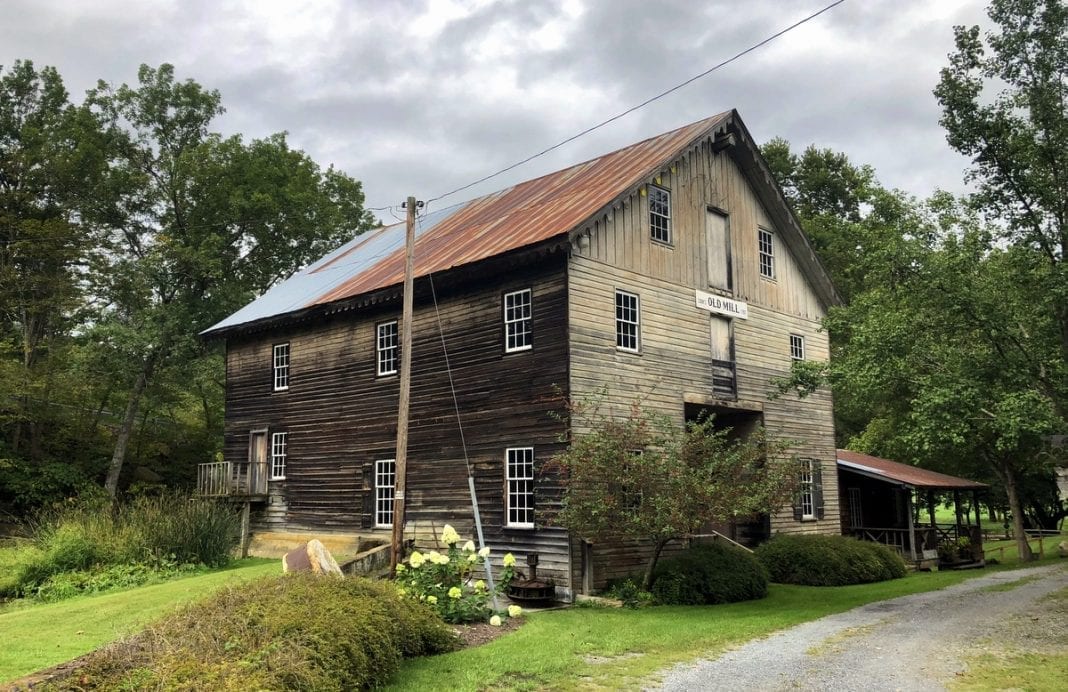FAIRMONT, W.Va. — The launch of a partnership between West Virginia University engineers and the nonprofit and utility sectors could bring the region one step closer to integrating solar-generated power into the electrical grid.
Anurag Srivastava, professor and chair of the Lane Department of Computer Science and Electrical Engineering, will support the construction and analysis of a “solar testbed” at the I-79 Technology Park in Fairmont, West Virginia.
The testbed has been selected for a $2.3 million grant from the U.S. Department of Energy, pending approval and finalization of award negotiations, with land donated by the High Technology Foundation and in collaboration with utility company First Energy.
The High Technology Foundation, the developer of the I-79 Technology Park, is moving the park towards carbon-neutral operations in response to growing demand from its knowledge-sector tenants.
The solar energy produced at the small-scale testbed site will enable Srivastava to study questions related to battery storage, grid integration and cybersecurity of solar power.
Solar panels commonly generate solar energy using photovoltaic cells, which create electrical charges when sunlight hits them. Solar-generated electricity can currently power the individual buildings where some of these panels are installed.
Researchers like Srivastava are working to improve storage for solar power and “how the flow of solar energy into the main electrical grid impacts the system,” he said.
With the solar power generated by the High Technology Foundation’s 1-megawatt testbed and by multiple other solar initiatives launching around the region, Srivastava estimated 50 megawatts of solar energy could be integrated into West Virginia’s power grid over the next several years, enabling his team to “get a unique before-and-after perspective” on power grid performance once solar power joins other current sources of electricity for the grid, such as coal and natural gas.
The technical lead for the study, Srivastava will assess the performance of components such as panels, sensors, and batteries, while developing machine learning algorithms that can help a solar-connected grid defend against attacks or natural disasters.
Statler College Professor Parviz Famouri, teaching associate Professor Jignesh Solanki, and associate Professor Sarika Khushalani Solanki will support the technical analysis.
The West Virginia Legislature passed Senate Bill 583, creating a state solar utility program, in 2020, but the state still lags compared to sunshine-rich places like California, Texas, and Florida when it comes to the adoption of both industrial-scale solar power and home solar systems like rooftop panels.
Srivastava says “a more diverse grid that gets power from many different sources is better than an extremely centralized grid like we’ve have had in the past, where a few big facilities generate most of the electricity.”
Srivastava sees promise in solar’s ability to provide a backup power source when portions of the grid are disconnected to minimize damage during a crisis such as December’s earthquake in California or the attack on substations in North Carolina.
“With a more diverse grid that draws on solar as well as other energies, you don’t rely on one fuel source or a few plant locations,” he said.
"If a fuel source is not available or economical or the plant is offline, there are alternatives. Having those alternatives is crucial, especially in the case of extreme adverse events.”
However, the more complex the grid, the more vulnerable it is. Solar farms use networked devices like sensors and inverters to integrate into the grid, which can report on their performance. Srivastava emphasized that the connectivity of those devices makes them vulnerable to cyberattacks.
And then there’s the weather. Solar is unpredictable and intermittent, with generation dropping anytime the sun’s not shining brightly. Solar panels are also vulnerable to damage and dirt because they need to be exposed to the elements to capture the sun’s rays.
“A main focus of this project is assessing the health of solar panels in our system,” Srivastava said, “as well as monitoring the interface that connects the solar generation plant with the grid.”
The intermittency of solar is why he’s evaluating how well batteries can store solar-generated electricity, so power from those batteries can be integrated under controlled conditions, rather than allowing the unpredictable peaks and valleys of solar power to introduce uncertainty into the grid.
“The three basic measurements to assess power grid performance are voltage, current and frequency,” Srivastava explained. “A fridge, cooking range, anything we have at home, is designed to operate at a fixed voltage. If we integrate solar, the impact on voltage may be different. We want to see that impact so we can make sure it’s controlled. Our testbed sensor data will answer the question of whether we’re controlling it successfully.”
Already, apparent solar energy anomalies that occur when sudden cloud cover forms, for example, can look like an attack or disaster scenario to the humans and machines that maintain the grid’s operation. To combat that, Srivastava’s team will create AI programs that can use machine learning to distinguish the difference, drawing on real-time grid reports with weather data.
High Technology Foundation President and CEO James Estep serves as managing lead for the project. “The Public Service Commission’s recent move authorizing the deployment of solar farms in West Virginia is an important shift in the state’s energy policy,” Estep said, “The Solar Testbed Project will be valuable in addressing fundamental challenges throughout this deployment.
“The data analytics ecosystem we're establishing with WVU at the I-79 Technology Park in Fairmont positions the region to participate in the multibillion-dollar expansion of the commercial climate and weather industry.”
Micaela Morrissette, research writer at WVU Research Communications, first reported this story.
Sign up to receive of FREE copy of West Virginia Explorer Magazine in your email weekly. Sign me up!


